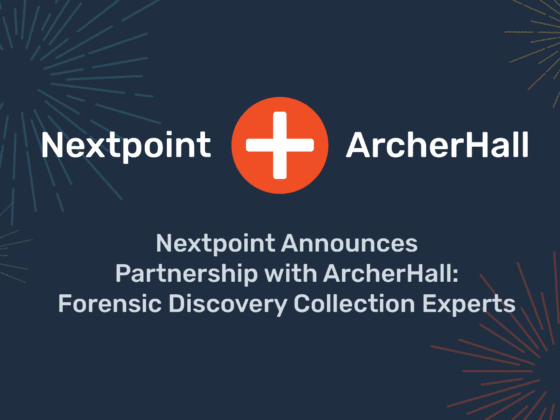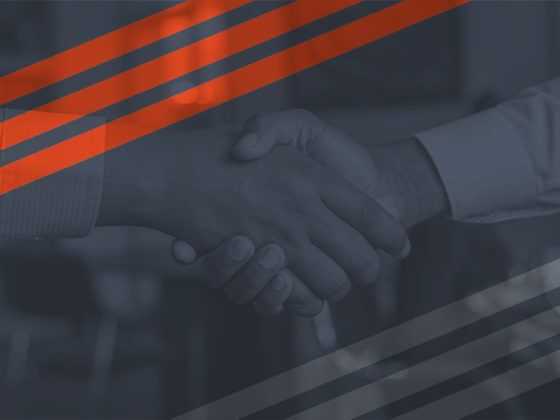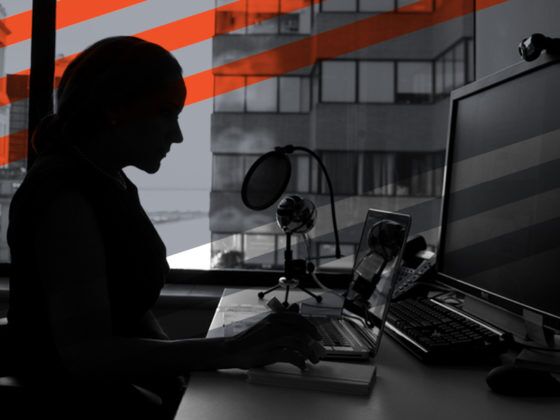Few matters ever actually see the inside of a courtroom. Few attorneys can claim to have selected a jury, much less obtained a successful verdict. In fact, 90 percent of some types of matters settle without going to trial.
But that hardly means lawyers do not need serious trial presentation skills. In fact, lawyers often need more skills than ever to bring a matter to resolution. While dispute resolution rarely means “trial” anymore, any matter may now wind up in a number of different types of hearing, conferences, or other venues. Each has its own demands and challenges.
Following are some of today’s various legal environments requiring custom considerations, unique skillsets and specialized litigation support services.
Arbitration
Most of the time clients choose to arbitrate in order to save on costs. Lawyers therefore want to use tools that are cost-effective to both prepare and present your key evidence.
As you are only presenting your case to an arbitrator, it makes sense to present evidence via the iPad or other device. Portable Internet devices keep your technology overhead low and offer more flexibility to adapt and edit your presentation on the fly. As long as you can access your database on your device, you are able to present evidence with maximum efficiency.
And by taking your evidence mobile, you can do things like export evidence from your database as a PDF and hand it to the judge on a thumb drive or disc without leaving the courtroom.
Markman Hearings
The Markman hearing is an important hearing in which all parties must agree on an interpretation of the language in a patent claim. Because you have to highlight important language of a patent, a tool like Nextpoint Theater becomes important in order to pull out the language that you are trying to interpret and then create custom charts to illustrate.
Technology Tutorials
In a technology tutorial, a lawyer needs to explain complex concepts in an informative, concise presentation that does not condescend to the audience – usually a trial judge. At Nextpoint, we use Keynote to create graphics, save it as an animated video, and record a highly scripted recording explaining complex issues as clearly and colorfully as possible.
For example, in one recent tech tutorial, our client was defending a patent claim regarding the type of chemical used to bind drug compounds together. Rather than get bogged down in advanced chemistry few people understand, a simple, efficient metaphor was to explain the detailed claim: Using eggs as a binder to keep meatloaf from falling apart on your plate.
Class Action Certification Hearings
Recent Supreme Court rulings have made it more difficult to launch many types of class action suits. At Nextpoint, we are increasingly seeing plaintiffs preparing a mountain of case law as argument to certify a class:
-
Commonality – there must be one or more legal or factual claims common to the entire class
-
Adequacy – the representative parties must adequately protect the interests of the class
-
Numerosity – the class must be so large as to make individual suits impractical
-
Typicality – the claims or defenses must be typical of the plaintiffs or defendants
Conversely, if your client is the defendant, your goal is to prove that the class DOES NOT meet the four above characteristics.
This means you need to organize a concise but powerful presentation of materials that includes case law in combination with other compelling graphics that explain your position.
For example, we recently worked with a client representing the defendant in a class action matter. Each side had a mere two hours to explain their side of the case. There was oodles of a case law and evidence that needed to be communicated succinctly and persuasively.
In this situation, we invested a lot of time and effort in presentation slides that conveyed mountains of information as simply and memorably as possible. In this particular case, we worked on site to massage the materials up to the moment the two-hour clock started.
Multi-District Litigation
In the initial stages of multi-district litigation, there is often a lack of consensus among outside counsel and end-clients regarding the potential R.O.I. of a dedicated technology infrastructure. We have found the most important challenge is to institute data control at the outset and keep all data unified and whole throughout the process.
Without proper controls in place, custodians are lost, document audit trails are lost, version-control, redactions, and Bates numbering is often lost. Even worse, depositions and transcripts are not consolidated, and a once tight, streamlined case falls apart because the various parties and law firms cannot agree on data standards.







